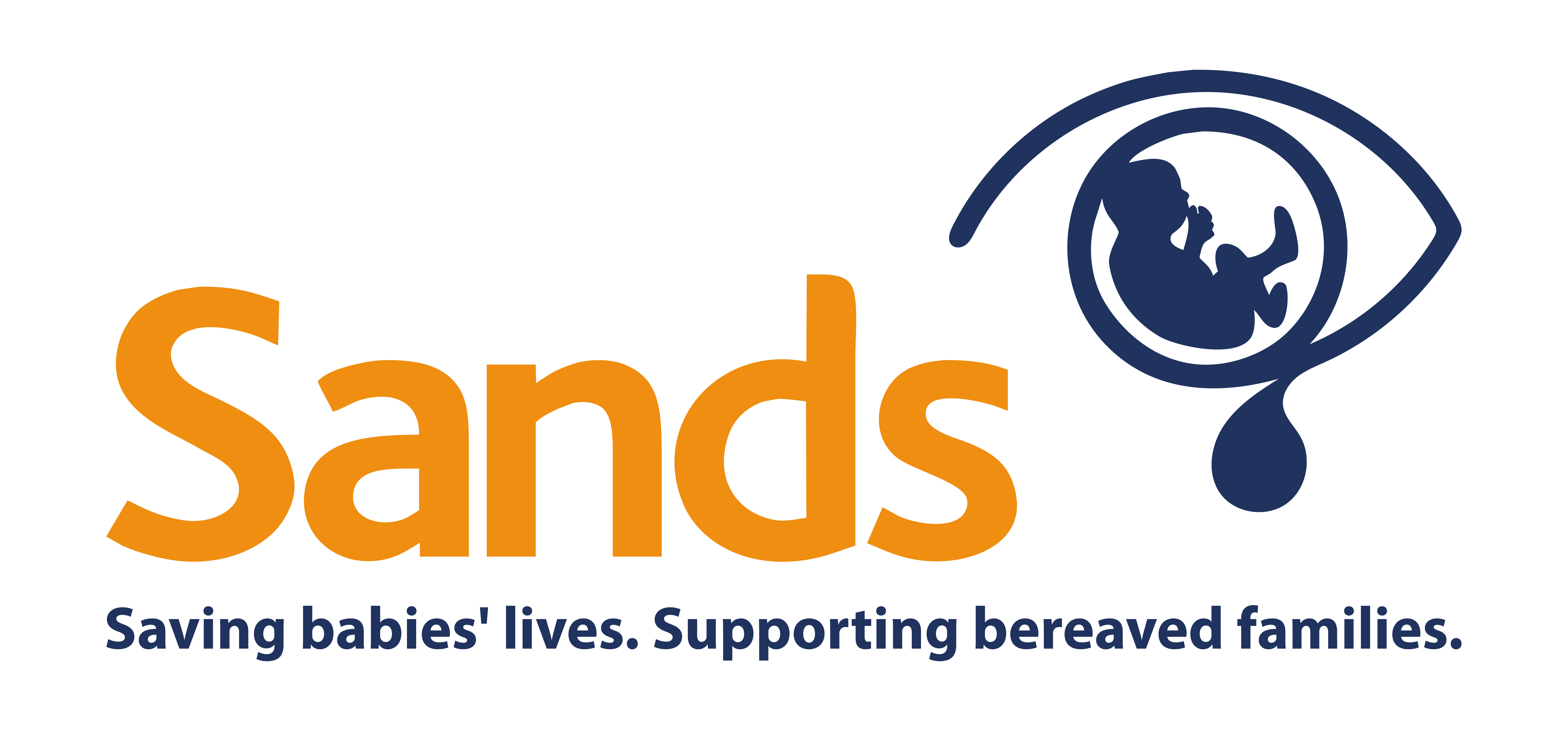The National Maternity Review reported in February 2016. Sands contributed latterly to the review panel and facilitated engagement with bereaved parents in the national consultation process.
The timing of the Maternity Review in the wake of the Morecambe Bay enquiry, along with public statements made at the time, raised bereaved parents’ expectations that the Review would prioritise safety.
The vision of the Review calls for safer, kinder, more personalised maternity care and Sands welcomes the emphasis on safety. The report highlights the UK’s high rates of stillbirth and poor mortality record compared with similar countries. It points to evidence of excessive variation across the country in the quality of care women and babies receive and to serious concerns about safety. These include:
- findings from the Care Quality Commission that almost half of maternity units have safety assessments that are either inadequate or require improvement
- Confidential Enquiry findings of poor care, with missed opportunities to save the baby’s life in 60% of stillbirths at the end of a full-term pregnancy.
Safety incidents are widely under-reported and deaths are inadequately investigated. It’s clear that lessons are not being learned and fatal failures in care are persisting.
The report makes specific recommendations to improve safety including:
- Board-level leadership in Trusts to monitor quality and outcomes
- Multi-professional training to break down professional barriers and improve skills and team working
- Standardised review and learning after every death
- Data on quality and outcomes for Trusts to examine their own performance
Within the report are welcome calls for action regarding safety, highlighting the need for:
- A culture of learning and improvement
- Health professionals to listen to women and the concerns they raise
- Ongoing risk assessment throughout pregnancy, with rapid referral to specialised services when needed
- Continuity of care from both midwives and obstetricians who can get to know the mother and recognise and act on changes in risk
- An electronic maternity record to share information across professionals caring for a woman and baby
- Peer review of services from external experts, led by the Royal Colleges
- Maternity networks to share good practice and learning and co-ordinate specialist services
- Commissioning against outcome measures
- A focus on improving poor, underfunded postnatal care
- Smooth transition between services
Overall, it is welcome that safety runs throughout the report, with a range of recommendations for positive actions that have the potential to improve safety.
However, there are a number of areas where we would have liked the report to go further, and we have concerns about the overall balance of the report and some of the recommendations.
The media coverage of the report has focussed on the recommendation for women to have more choice about their care through their own Maternity Care Budget.
Decisions about care need to be based on safety first – women’s first choice is for a healthy baby, yet many pregnant women are unaware that stillbirth is a risk or that there is significant variation in quality of care across the country. Women expect the care in their local unit to be safe, and may not want to, or be equipped to, research and judge different providers. With little unit-level safety information available, how will women know about safety? The quality and accessibility of information about safety and quality of experience will be critical.
The report favours encouraging more community-based care and homebirths: arguably a minority choice when 74% of women would choose to give birth in Obstetric or Alongside Midwifery Units, where obstetric-led care is on hand should something go wrong. Many units are already under serious strain through under-resourcing and an overloaded work force and there is concern that resources could be further drawn away by competing community services.
Some important areas of care are not addressed in the report, including miscarriage and early pregnancy loss and infections. Black and minority ethnic women and socially deprived women are far more likely to have a stillbirth, but there is no clear approach to address this.
While the report acknowledges the need for good-quality bereavement care, we would like to have seen more detail on how the welcome calls for compassionate, parent-centred bereavement services will be implemented in practice.
You can read the full report here https://www.england.nhs.uk/wp-content/uploads/2016/02/national-maternity-review-report.pdf
We would welcome your comments and views on the report, particularly if you contributed to the consultation in November/December 2015. Please email: research@uk-sands.org.
Note on the representation of trends in stillbirth and neonatal deaths
In the report and press release, stillbirths are referred to as being ‘extremely rare’: yet one baby in every 200 is stillborn and while any one unit may see one or two deaths a year, preliminary figures for 2014 show that around 5,700 babies died before, during or shortly after birth. Compared with the 1 in 700 pregnancies affected by Downs syndrome, and cot death, which is ten times less common, stillbirth happens in a significant proportion of pregnancies.
The fall in rates of stillbirths and neonatal deaths are presented as one figure, giving a rosier impression of progress than is the case: while the combined extended perinatal mortality over 10 years has fallen by over 20%, neonatal deaths account for most of that decline. The reduction in stillbirths over the same 10-year period is much lower. The recent Lancet Stillbirth Series calls the UK to account for this slow progress in reducing stillbirths, pointing to other European countries where rates have fallen much more quickly.
